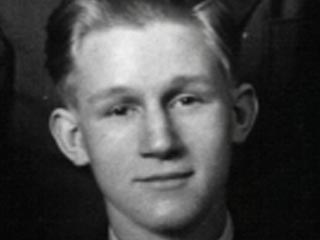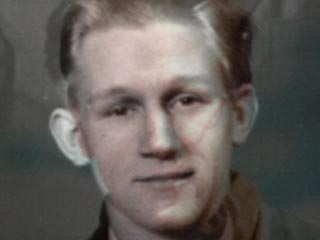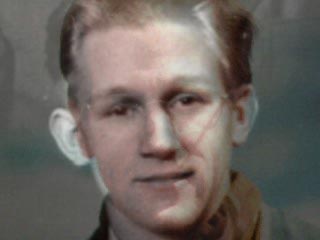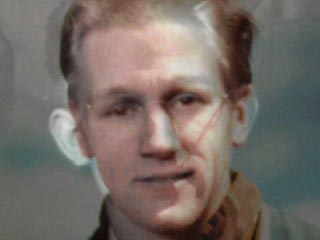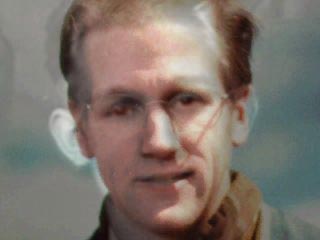|
using digital media in art creation |
||
|
|
|
after reading jonathan harris, art education and cyber-ideology: beyond individualism and technological determinism from the art journal, issues arise in my thinking about the way i approach the technology courses that i teach at the high school level. specifically, i am concerned with the balance between technical skills, critical evaluation skills, and the making of art. when i read about the more intense and controversial uses of technology such as virtual worlds, video installations, and even hypermedia, that have the potential demands of changing our culture into a dehumanized, nature-less cubical existence, i stop and wonder about the more direct and simple applications that i employ with technology in our art courses. do the same implications apply when my students and i use the tools not so much for cyberworld creation but for book-making, graphic design print outs for various products, and simple animations? the aesthetics of the screen are another concern, when our work exists mainly on the screen, but almost all of the work we do so far could conceivable also exists without the use of a computer. the issues of animating a drawing or motion can be explored with flipbooks and zoetropes. the elements of designing an effective brochure or cd package to express a product or idea can be explored without the use of a computer. even the issues that we examine with the video projects, music in relation to image over time, plot and storyline, perspective and mood, could all be addressed with performance arts, painting in combination with audio, or an installation. the technology that my students and i experience does not exist solely in the electronic world. and so i wonder about the differences between what we do in our work and what the authors address with works that are strictly electronic, existing in the cyberworld alone. am i really teaching technology courses? or are we just beginning to enter into the important questions that are related to electronic media, will the artwork we make with the computers eventually evolve into the more interactive electronic pieces such as hypermedia cd roms and bill viola's heaven and earth video installation, triggered by the viewer.
the description that harris gives of the art program at keele university includes a healthy requirement of combining two media in a students area of specialization such as printmaking and computer, video and installation, photography and sculpture. the old with the new, the electronic with the handmade. this combining adds richness and meaning to a work that is only a computer generated image or only a bowl - it allows for the artist to consider both media, the concerns of manipulating a material and expressing an idea are broadened, possibilities can compliment each other. taking imagery in and out of the computer is something i am trying to more and more and perhaps this is why our curriculum has not become about cyberworld or hypermedia production. instead, by taking the work, scanned or drawn, out of the computer, manipulating with other media and then introducing the computer again students see the possibilities of the computer as a tool to be combined with others. the results have varied in their success as both a process and an end product. constraints of time and space and materials in a high school contribute but also challenging the mindset of using a computer in combination with other media is new. the question we've asked "when and why use this tool (computer) for this task?" becomes important. why do we offer this course, why is it taken? to expand the possible methods of expression, to expand a students view of career options, to prepare students to enter a future education/ life in which they will encounter computers used for more than email or word processing. with the broad spectrum of students who pass through the art program at city high there is only a small percentage who will pursue art throughout their lifetime, some will as a hobby perhaps, but not as a career and even fewer at an art school. the focus then is not on "correcting the artist as an artist" as harris quotes ad reinhart in defining an art school, but as exposing students to the enjoyment and communicative abilities of art in a way that will encourage them to carry the perspective throughout their lives. i have always believed that i became involved in art because of the encouragement i had from birth to explore, to question, to express, to value intellect and creation over material concerns. if an adult whose life has taken a different route, who was not taught to embrace these ideas, now as an adult makes a serious effort to explore art then they should be encouraged - encouraged to be open to ways of thinking and doing, questioning and interacting with ideas and materials to find the answers to their questions about the world. if our focus is on exposing students to art processes and challenging them to critically examine the world around them through the understanding of visual communication then are we teaching art? art they art students? is what they make art?
i would like more examples of work that is being explored in the field of art and technology that is not so much hyper-interactive, robotics, or cyberworld but more closely related to the speed that we are at as a high school/ introductory college level. an example that is not merely what graphic designers use the computer for as a tool for production work or a mere extension of other art course curriculum such as painting on the computer, designing a sculpture on the computer, or creating an animation on the computer. i would like to find ways to challenge the concepts of the computer in art production in such a way that it can be implemented in the classroom. the space that exists within the computer for creating art, art that lives inside or is directly related to the computer but is more than a simple webpage. more interactive and demanding than a presentation of organized information. more explorative than an educational cd rom program. a way of expressing ideas through artwork that exists within the space of the computer.
later response to the above today was the first day of class for the advanced computer graphics course -- round two. my high school students and i had a discussion today about the differences that exist between traditional art portfolios (actual work and slides) and electronic portfolios. we discussed how it would be useful to have the electronic version -- either in the form of a living webpage or an interactive cd -- of their art portfolio in addition to traditional methods of displaying their work not only to show their work in some cases to better advantage, but also to demonstrate as part of their portfolio that they have the ability to create this kind of object. then we talked about how there is a range of electronic portfolios -- from traditional all-inclusive, to focusing on one medium such as ceramics or photography, to finally the webpage itself being the art object within the portfolio. i think they understood this. we looked at some examples of beautifully designed pages. more later.
response from students... |
